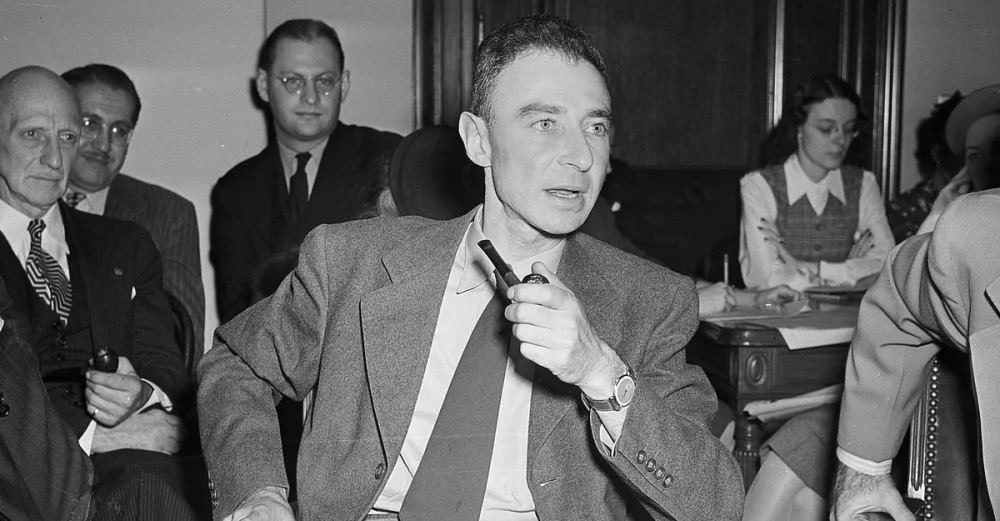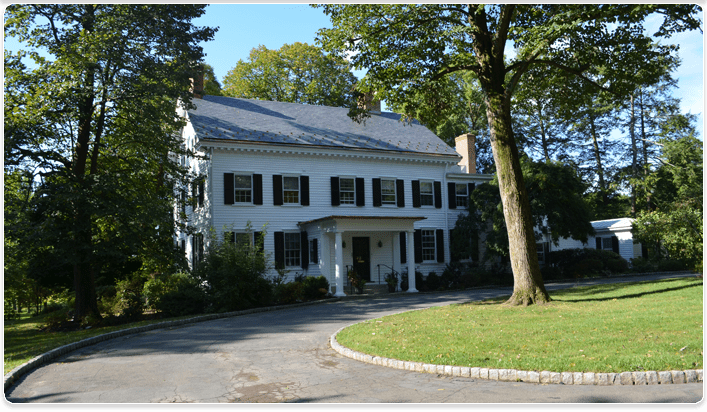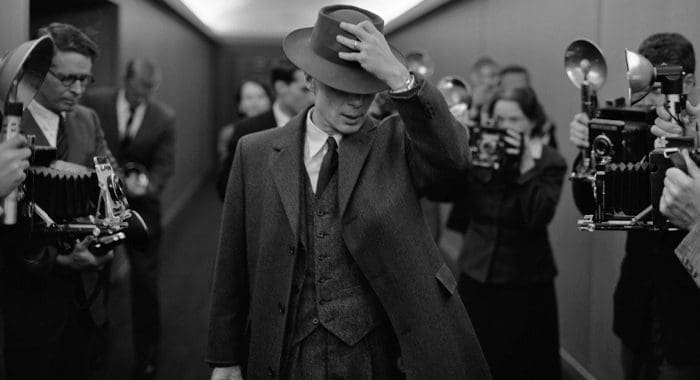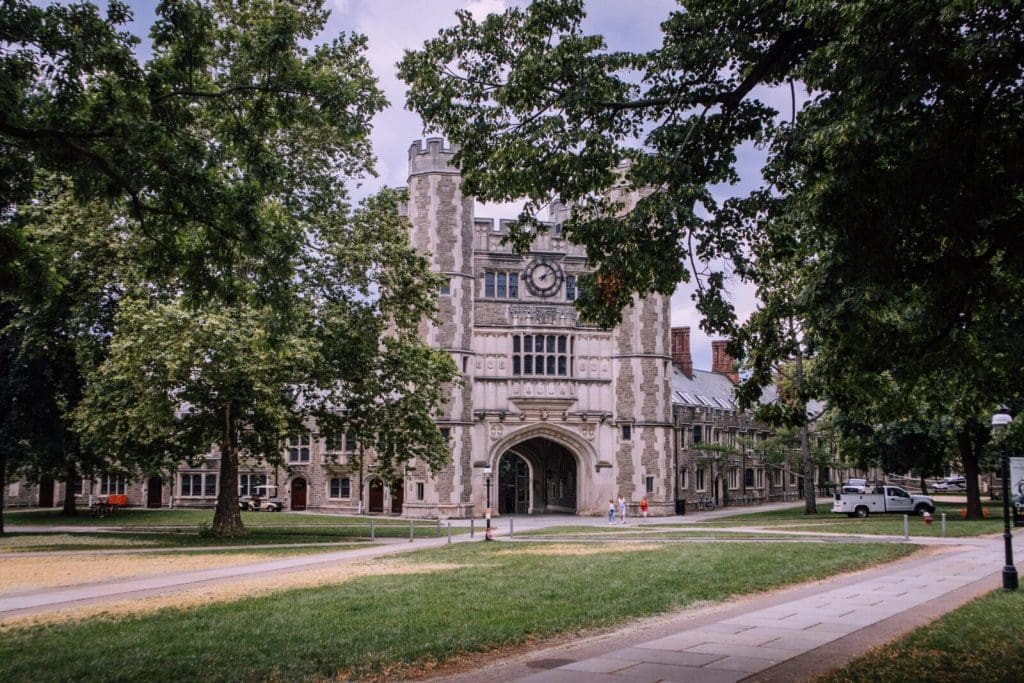Last month, Christopher Nolan’s “Oppenheimer” starring Cillian Murphy as the titular character showcased the multifaceted rise and fall of J. Robert Oppenheimer, who is largely credited for the invention of the atomic bomb. Ironically, the man who began his illustrious career studying what happens when stars die found out firsthand.
“The Bigger the Star, the More Violent Its Demise”

The film starts with Oppenheimer’s studies of quantum mechanics in Europe and his encounters studying under big names like Niels Bohr and Max Born. Upon returning to the U.S., he intended to bring quantum studies to a country that had not yet understood it in his professorship at the University of California, Berkeley.
His prominence at Berkeley would earn him the position of director of the new secretive atomic program, the Manhattan Project. It is during this era that the word of the scientist would be treated as gospel truth. And thus, Oppenheimer rose to a status that appeared, in Nolan’s film, godlike.
After the bombings of Hiroshima and Nagasaki, though, the scope of the American scientist greatly dwindled. Oppenheimer’s previously acknowledged yet overlooked association with members of the Communist Party USA would prove critical in his infamous 1954 security hearing, where his security clearance would be revoked.
Heavily involved in the hearing was Lewis Strauss, then-chairman of the Atomic Energy Commission, who introduced Oppenheimer to a prestigious appointment at Princeton University.
Oppenheimer at Princeton
One of the film’s first scenes depicts Robert Oppenheimer descending onto Princeton University’s campus.
There, he met Strauss, a trustee of the Institute for Advanced Study at Princeton. In 1947, Oppenheimer would accept Strauss’ offer to make him the Institute’s director.

Along with the position came Olden Manor, a stunning, historic white mansion located at 97 Olden Lane, just across from the Institute. This is where Robert Oppenheimer and his wife Kitty raised their two children, Peter and Katherine, more commonly known as Toni.
According to a biography by Princeton Magazine, the property came with a groundskeeper and live-in cook. The family had two horses, one of which Toni would ride around town, and Robert would have a greenhouse attached to the house for Kitty.
Reports from neighbors and acquaintances of the Oppenheimers seem to agree on the sadness that surrounded him at Princeton.
“I had the sense that it was the saddest place I had ever been—dark, muted, and deadly quiet,” said Art Dielhenn, who helped the Oppenheimers move in as a young man. “As I reflect on this event now, I can’t imagine the weight he was carrying, the sheer magnitude of the future that he spawned, and the depth of grief he held for having done so.”

In the film, Oppenheimer meets with Albert Einstein outside the Institute for Advanced Studies. He reminds Einstein of a conversation they had years ago about the Trinity atomic test’s potential to cause an endless chain reaction that would destroy the world.
“I believe we did,” Oppenheimer utters before the film pans to views of a world where nuclear warheads consume the Earth. Like a dying star, the gravity of Robert Oppenheimer’s legacy vanquished all light in the rest of his life.
Oppenheimer would continue to live at his Princeton residence until his eventual passing in 1967 due to throat cancer.
Alex Kenney is a third-year Journalism and Media Studies student at Rutgers University - New Brunswick. Having lived in Bergen, Essex, and briefly Hudson County, she calls anything north of Newark home. She is a big fan of NJ Transit and knows most major highways in her area like the back of her hand, even though she doesn’t drive.
- Alex Kenneyhttps://thedigestonline.com/author/alexandriakenney/
- Alex Kenneyhttps://thedigestonline.com/author/alexandriakenney/
- Alex Kenneyhttps://thedigestonline.com/author/alexandriakenney/
- Alex Kenneyhttps://thedigestonline.com/author/alexandriakenney/


